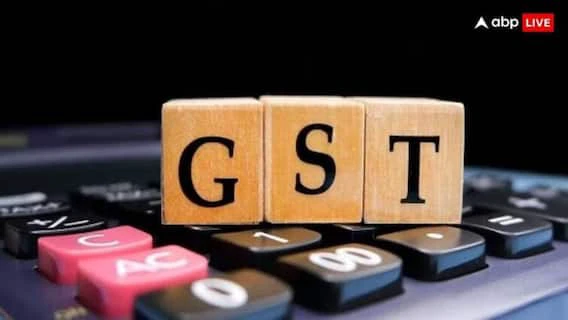By Yuvraj Bhardwaj
Since the introduction of the Goods & Services Tax (GST) in 2017, the Indian tax landscape is now on the brink of another major shake-up – the ‘Two-Slab GST Regime’.
With the proposed regime, the government is hoping to adopt a simplified two-rate structure aimed at boosting consumption and ensuring long-term revenue stability.
Slated for a rollout by Diwali 2025, this reform collapses the current four-tier system (5 per cent, 12 per cent, 18 per cent, and 28 per cent) into just 5 per cent and 18 per cent, with a special 40 per cent slab for ‘demerit’ or ‘sin’ goods such as tobacco, pan masala, and online gaming.
Dubbed GST 2.0, the change aims to streamline a complex framework, but businesses are left wondering: will it simplify operations or introduce fresh challenges?
Easing compliance burdens
While the centre has been pushing hard for a two-slab GST regime, this initiative marks a turning point in the country’s indirect tax policy. The proposed shift to two slabs will tackle a major pain point: classification disputes.
As per the simplified structure floated by the Union Finance Ministry, ‘merit’ goods and services, covering essentials, farm-sector items, and products widely consumed by the middle class and MSMEs, will come under the 5 per cent slab. Similarly, all ‘standard’ goods and services will fall under the 18 per cent slab. These clearer categories will help in reducing legal wrangles.
Almost 99 per cent of goods in the current 12 per cent slab will move to 5 per cent and nearly 90 per cent of items in the 28 per cent slab will move to 18 per cent. This will fade the ambiguity over tax rates and could significantly lower classification disputes, which accounted for over 18 per cent of tax litigation in 2024-25.
As per the Federation of Indian Micro and Small & Medium Enterprises (FISME), pre-filled GST returns and faster refunds are key features of GST 2.0 that could cut the compliance time by 30 per cent. For MSMEs, this means less red tape and more focus on growth.
Boosting operational efficiency
By dismantling the complexities of its four-tier predecessor, the new two-slab regime will translate to a streamlined system of improved supply-chain and administrative processes. Now, businesses will simplify IT and ERP systems, easing vendor management and interstate trade. Inverted duty structures will be reduced with harmonized rates resulting in smoothened input tax credit (ITC) flow and boosted cash reserves, especially for MSMEs.
According to the Group of Ministers (GoM), this initiative will foster faster payment cycles and fewer billing disputes. With digital tools like auto-generated GSTR-2B statements, compliance will become seamless and efficient by enhancing transparency. As projections suggest, this will spur over 30 million new MSME registrations by mid-2026 with clearer norms drawing informal sectors into the formal economy.
Navigating short-term disruptions
The transition, however, won’t be pain-free.
Sectors like consumer durables, electronics, and automobiles will face inventory valuation losses. Items currently slated under the 28 per cent slab will shift to 18 per cent, potentially delaying purchases as customers will await lower prices. Similarly, FMCG firms might witness disrupted billing cycles as they recaliberate goods taxed at 12 per cent to 5 per cent, while construction and insurance sectors grapple with contract revisions.
Reliant on manual processes, MSMEs may need 2-4 weeks to update invoicing as compared to 3-7 days for organized sectors with ERP tools. These hiccups risk supplier disputes and pricing confusion, especially for old stock.
The road ahead: Balancing gains and challenges
The two-slab regime signals stability, potentially lifting India’s ‘Ease of Doing Business’ ranking and attracting FDI with predictable taxes. Consumers will benefit from essentials (packaged foods, medicines, and footwear) that are mostly taxed at 5 per cent, spurring consumption.
Yet, potential revenue dips, sin goods debate, and state-central coordination hurdles loom. Businesses must proactively assess cost impacts, update software, train staff, and communicate price changes to ease the transition.
While GST 2.0 promises a leaner and a more transparent tax system, its success depends on execution. For businesses and policymakers, this reform raises a critical question: will the two-slab GST truly simplify, driving growth and formalization, or will short-term complexities prevail? As India’s business ecosystem adapts in 2025, the answer will shape the nation’s economic trajectory.
